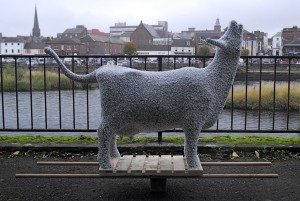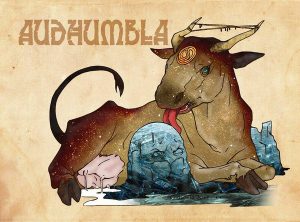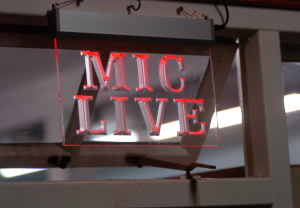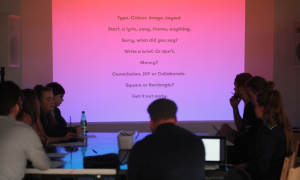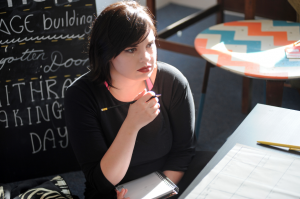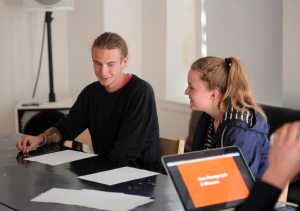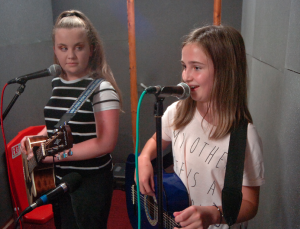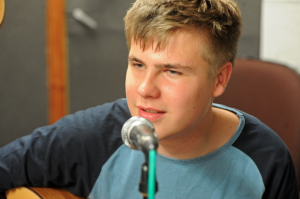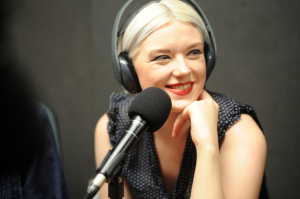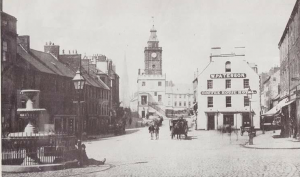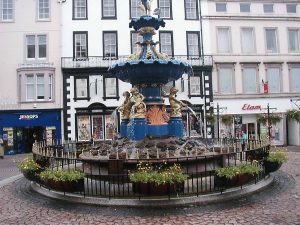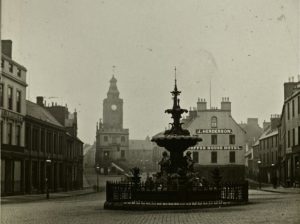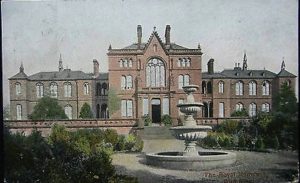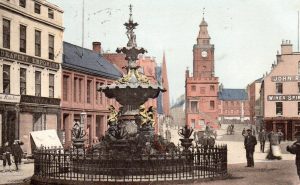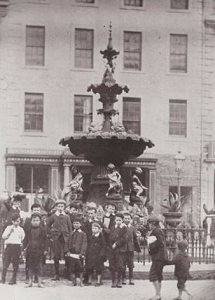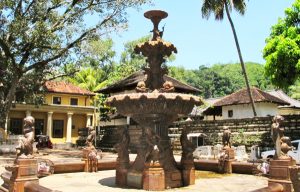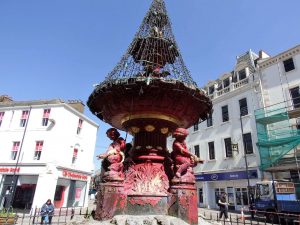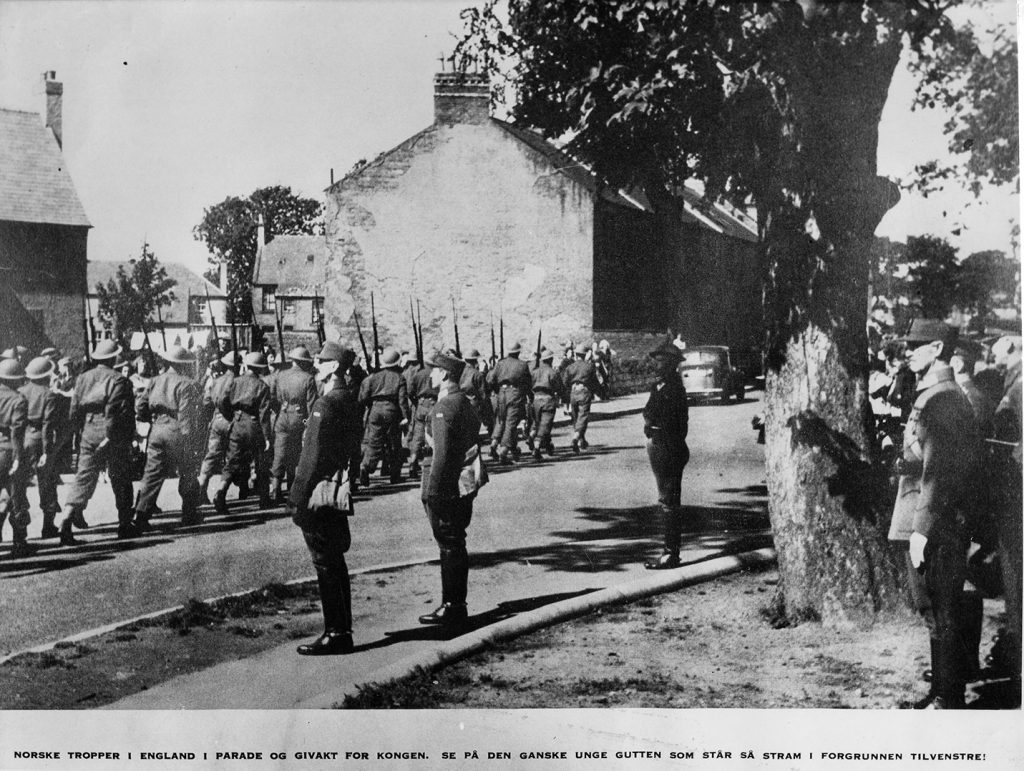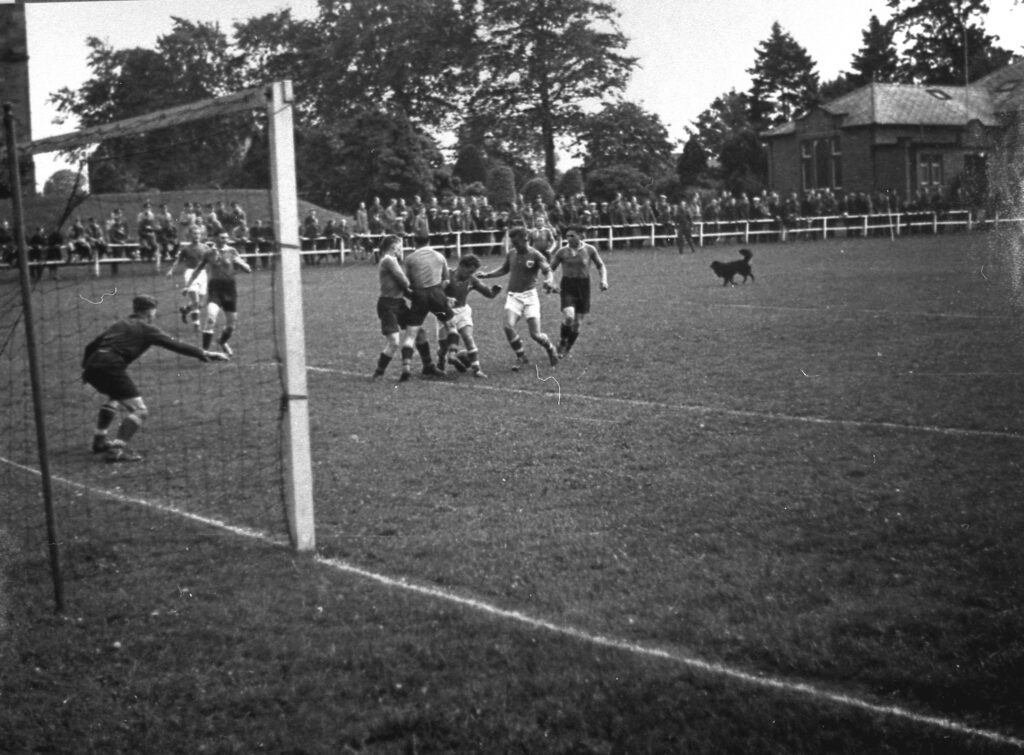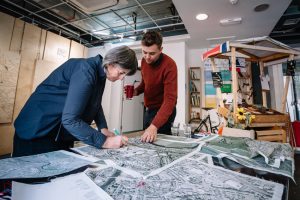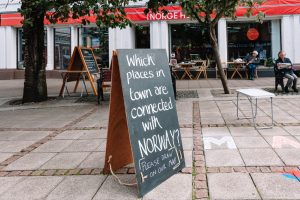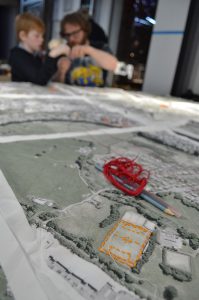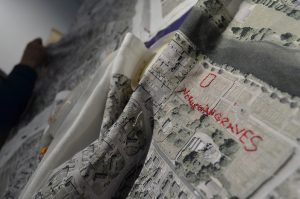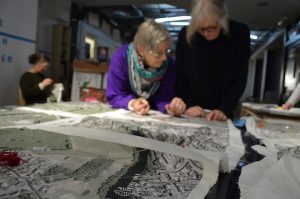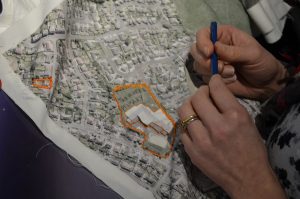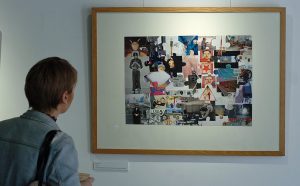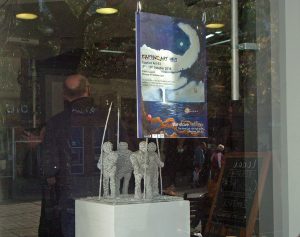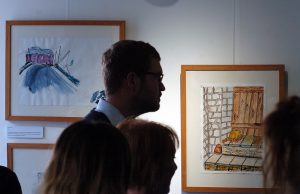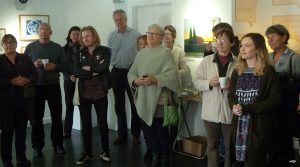Blog post written by (and with thanks to) Jimmy Russell
Nithraid 2017’s Viking theme continues The Stove Network’s broader exploration of historic and current Nordic cultural influence in Dumfries & Galloway. In support of this Moovement Coollective (MooCoo) will be leading a procession of community groups with the Salty Coo through the town to meet the boat race and a Viking encampment at Mill Green. MooCoo is a newly formed performance trio comprised of Agnė Zdanavičiūtė, Jimmy Russell and Leo Marsh, three young artists living and working in Dumfries. The three members of MooCoo each bring something unique to the group.
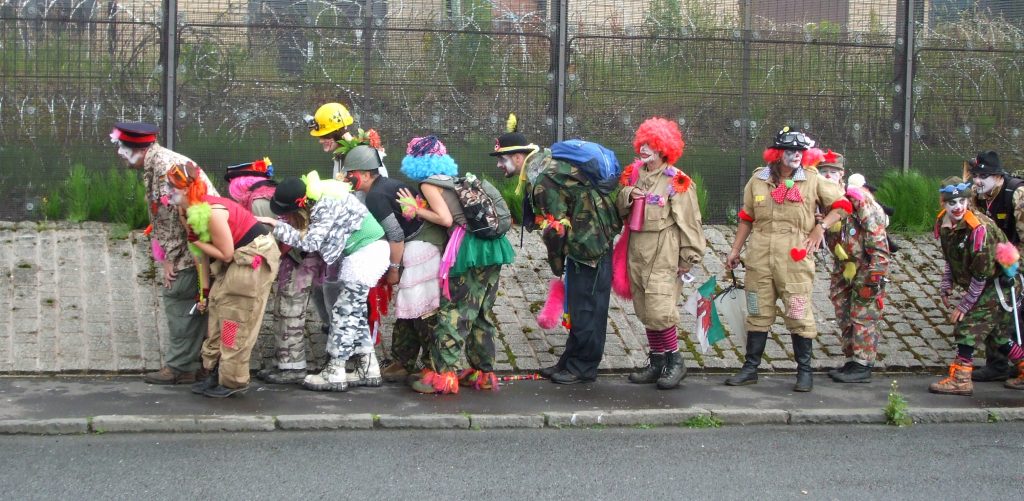
Leo is a costume maker and performer who has worked with Oceanallover and often contributes to Brave New Words. Their work is rooted in vulnerability and connection, exploring topics such as sense of self and belonging through the lenses of gender and sexuality.
Jimmy is a researcher, writer and performer who has worked on the Our Norwegian Story and Lost Chronicles of Gallovidia projects, while regularly reading at Brave New Words. His interests lie in history, community empowerment and costume design, all of which find some outlet with Nithraid.
Agnė is a recent graduate in environmental science at the Crichton who is fascinated by public art interventions and wants to learn how to organise and deliver a performance. She also wants to challenge peoples’ ways of thinking and give something to Dumfries.
For the procession MooCoo are fusing Viking lore with clowning sensibilities to create a spectacle at the river festival that combines heritage with silliness. In preparation we are coordinating different community groups that will process with us, including the Sandside Garden Apaches and Galloway Longfhada Vikings, as well as musicians and our fellow clowns. Our troupe of MooCoo clowns are benefiting from training by experienced rebel clown Lance Goodey from Glasgow who is delivering sessions at The Stove and Sandside Community Garden over two weekends.
During Nithraid 2017 we want to challenge the popular imagery of Vikings as bloodthirsty marauders with the reality that their presence in Galloway represented a surprisingly peaceful coexistence between different peoples. Rather than perpetuate the narrative that overseas invaders threaten our way of life, we wish to highlight the cultural exchange that did and still can exist in our homeland, not least with Norse folk. That is why our slogan for Nithraid 2017 is ‘We Come In Peace’.
In a predictably ridiculous fashion we’ll invoke the Nordic creation myth of Auðumbla: a primeval cow who nourished herself by licking salty glacier, which slowly released Búri, the first Norse god and grandfather of Odin. In turn Auðumbla’s milk nourished Ytar, a being whose body was used by Odin and the other gods to fashion Midgard, the realm of men. This story depicts creation as an ongoing and participatory process, a fitting message for Nithraid, which highlights the centuries old relationship between the river and Dumfries.
Clowning is something that has interested all three of us for some time. It seemed an interesting method of animating this myth and challenging typical tales of Vikingly violence. By adopting the dynamics of clowning – curiosity, engagement, presence, wonder – we want to inject a sense of fun and friendliness into local Viking lore, and invite people to question what they think they know about Norse-Gallovidian relations. The Nithraid procession will harness vulnerability to create a performance which is responsive to interactions and which blossoms in joyful, surprising directions.


